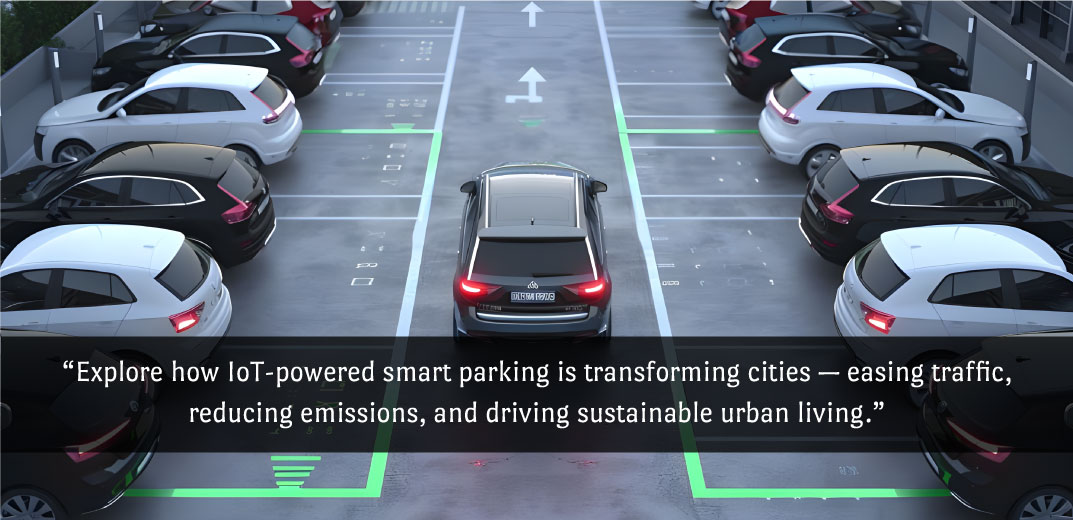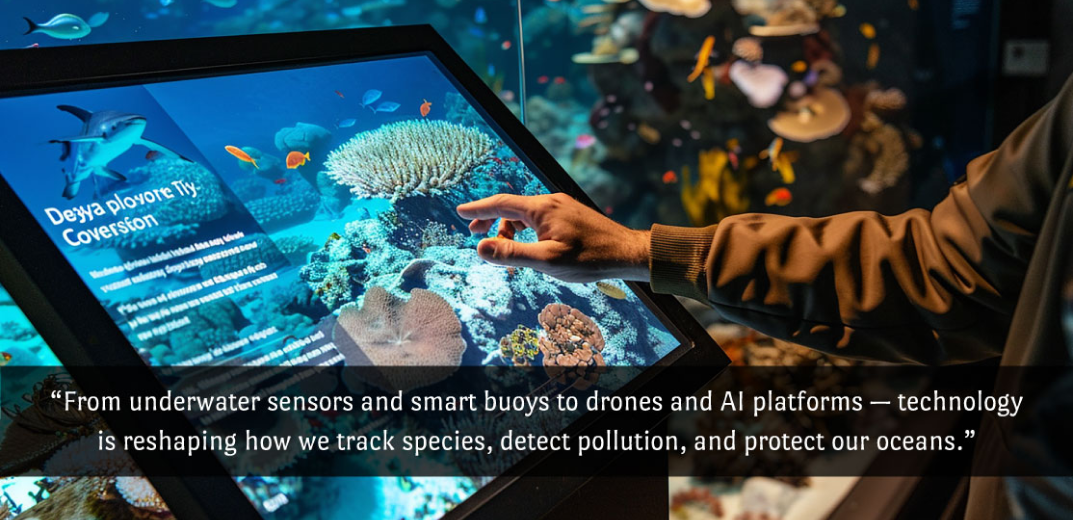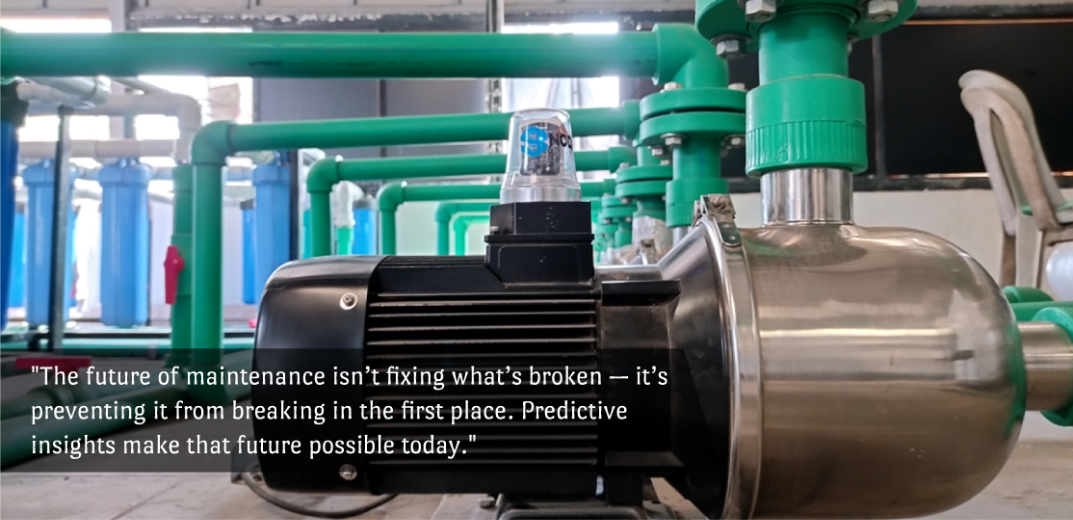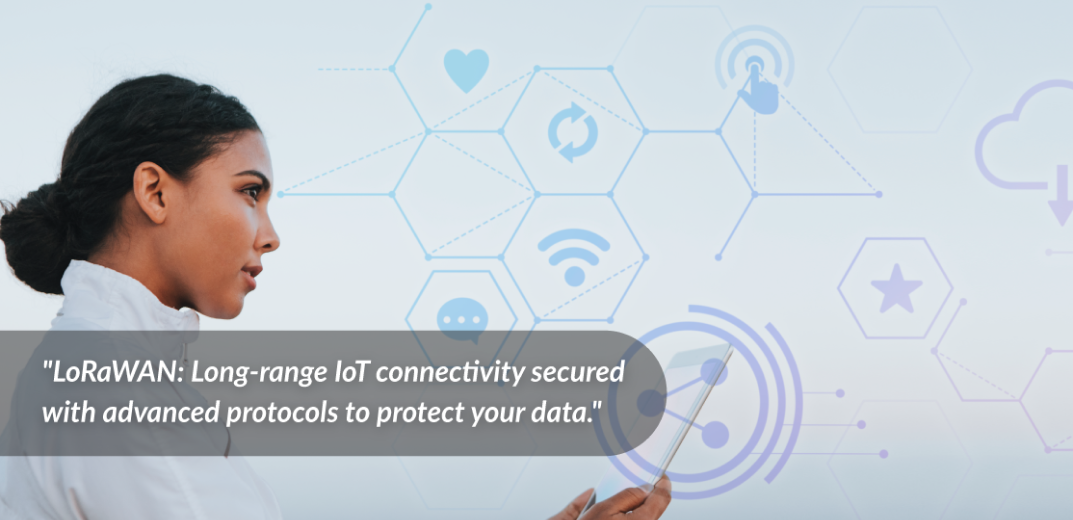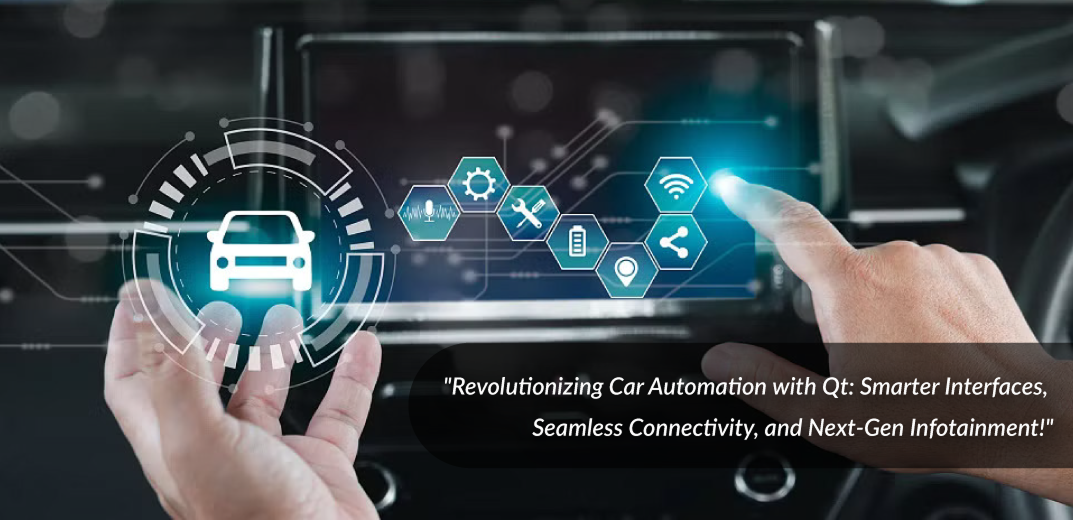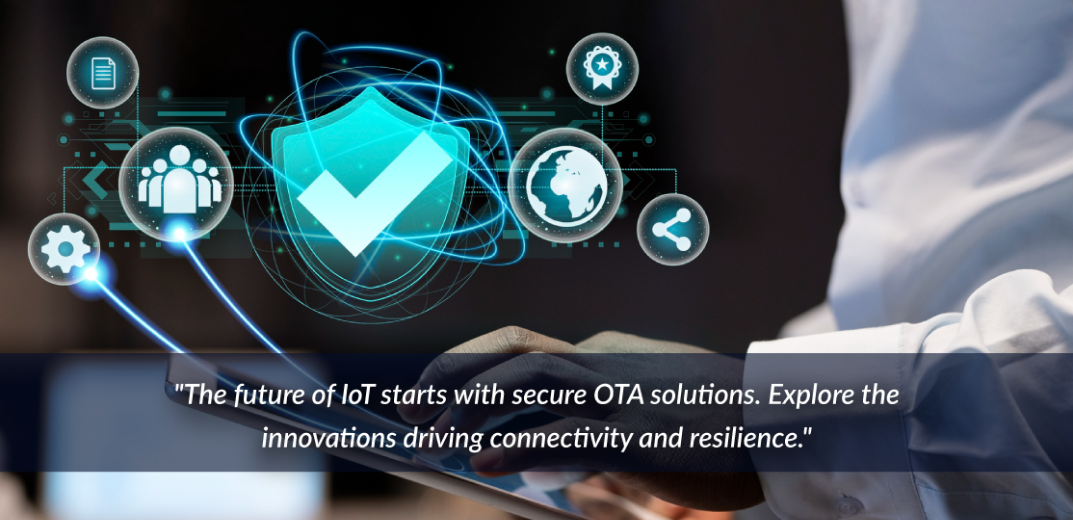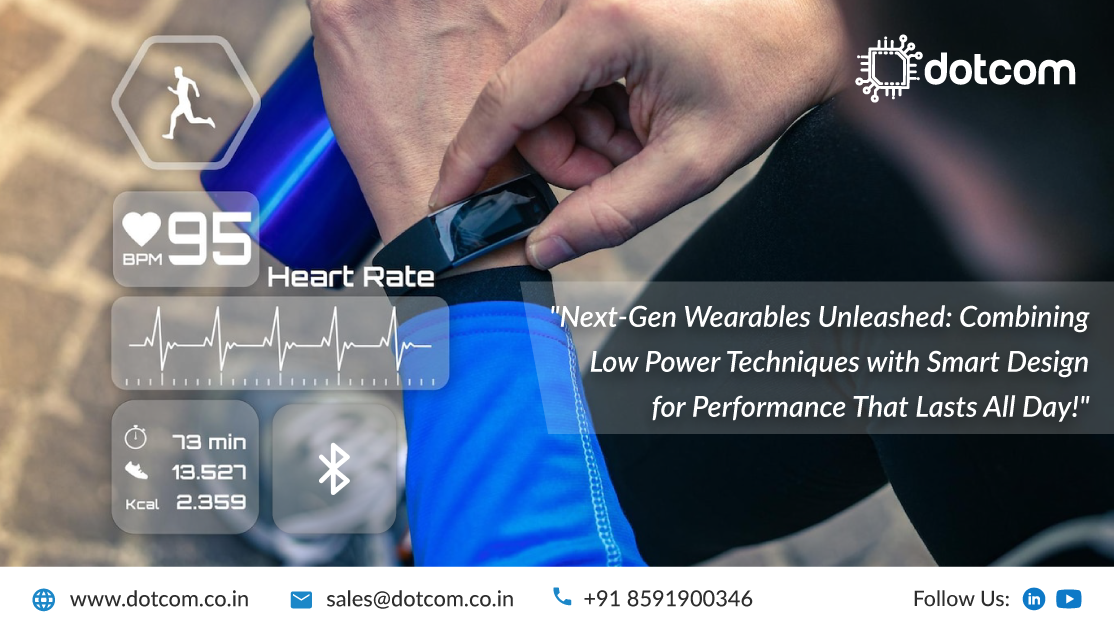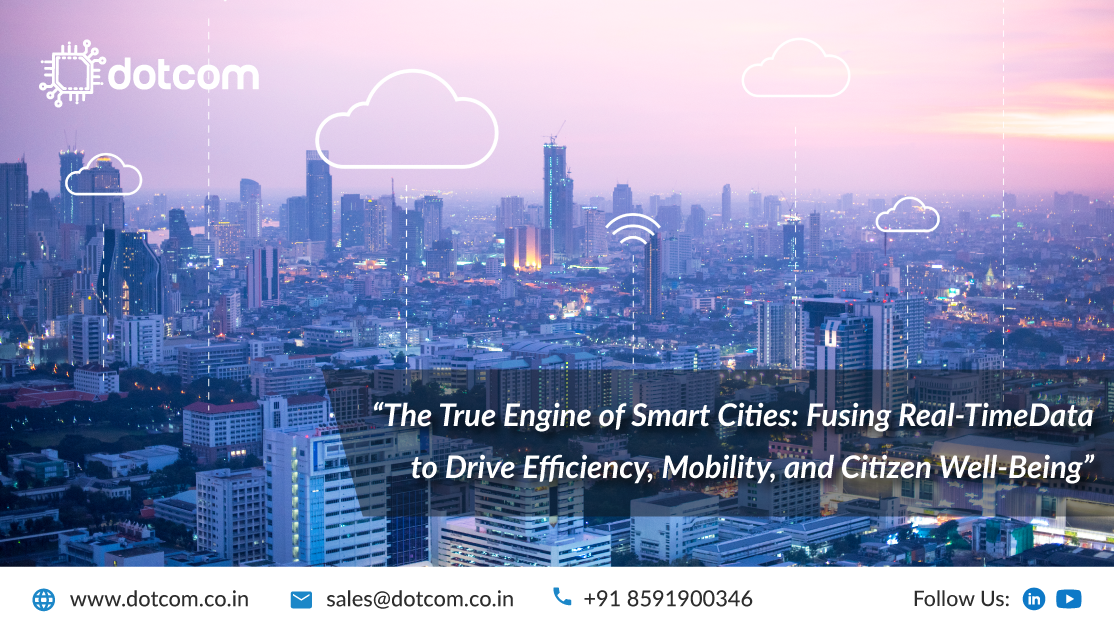Latest Blog Posts
Featured Blogs
Latest Blogs
Every one of our employees represents the spirit of our company.
We are a young and dynamic team working towards creating innovations.
Imagine this: You’re running late for an important meeting in the heart of the city. After battling through traffic, you finally reach your destination—only to spend another 20 minutes circling the block, searching for a parking spot. The frustration builds as you watch other drivers doing the same, crawling along in a slow-moving queue of cars, all hunting for that elusive vacant space.
This scenario is all too familiar in today’s bustling cities. Studies show that nearly 30% of urban traffic congestion is caused by drivers searching for parking. Not only does this waste time and fuel, but it also increases carbon emissions, noise pollution, and stress levels. The traditional parking system is broken—but the solution lies in smart parking technology, a game-changer for urban efficiency and sustainability.
Walk along any coastline today, and you’ll see the contrast: breathtaking beauty on one side, and the creeping signs of human impact on the other. Plastic waste, oil traces, coral bleaching, and dwindling marine life are no longer rare sights. The ocean, our planet’s largest ecosystem, is quietly sending distress signals.
The challenge is clear — how do we protect something so vast, complex, and vital? The answer lies in a simple principle: you can’t protect what you can’t measure. And that’s where technology enters the story.
In the high-stakes world of industrial operations, unplanned downtime is more than a nuisance — it’s a profit killer. Every unexpected halt in production ripples through supply chains, inflates costs, and strains resources.
For decades, maintenance followed a simple but costly rule: “If it ain’t broke, don’t fix it.” In today’s data-driven landscape, that mindset is obsolete.
The rise of IoT sensors, edge computing, and AI-powered analytics has ushered in a new era — one where machines don’t just break down; they signal their decline long before disaster strikes.
As IoT networks continue to expand, the need for secure communication protocols becomes paramount. LoRaWAN (Long Range Wide Area Network) has emerged as a leading choice for IoT connectivity due to its low power consumption and long-range capabilities. However, like any technology, it faces security challenges. This article delves into the importance of LoRaWAN security and the measures to fortify these networks against potential threats.
"Think of a car where your dashboard, speedometer, infotainment system, and driver assistance features work seamlessly together. With Qt, automakers can create high-performance, visually stunning, and intuitive interfaces that enhance the driving experience."
Qt, a powerful cross-platform development framework, is transforming car automation by enabling seamless infotainment systems, interactive dashboards, and advanced driver assistance systems (ADAS).
The digital world has witnessed rapid adoption of IoT devices, making over-the-air (OTA) updates a critical part of ensuring functionality, security, and user experience. However, as the reliance on OTA updates grows, so does the need for robust security measures to protect against cyber threats. This article explores the importance of OTA security and the best practices for safeguarding IoT systems.
The exponential proliferation of IoT—spanning consumer wearables, industrial systems, and critical infrastructure—has elevated device security from a compliance checkbox to a hardware-rooted imperative. For manufacturers, the architectural dichotomy between native security (built-in) and bolt-on security (post-hoc) directly dictates attack surface resilience, supply chain integrity, and device attestation capabilities.
In today’s era of continuous connectivity and digital wellness, wearable devices such as smart watches, fitness trackers, and health monitors have become everyday essentials.
However, a major hurdle in wearable technology is their limited battery capacity. As these gadgets become more compact and intelligent, managing energy consumption effectively is key to enhancing usage time and delivering a seamless user experience. This is where power optimization strategies for wearables come in—enabling efficient performance without sacrificing essential features.
As urban populations grow and cities become more complex, the need for efficient, intelligent infrastructure becomes urgent. Enter smart cities — where the physical world is seamlessly integrated with the digital through interconnected devices and systems. At the heart of this ecosystem lies real-time data fusion, an unsung hero that powers informed decision-making, automation, and citizen well-being.
